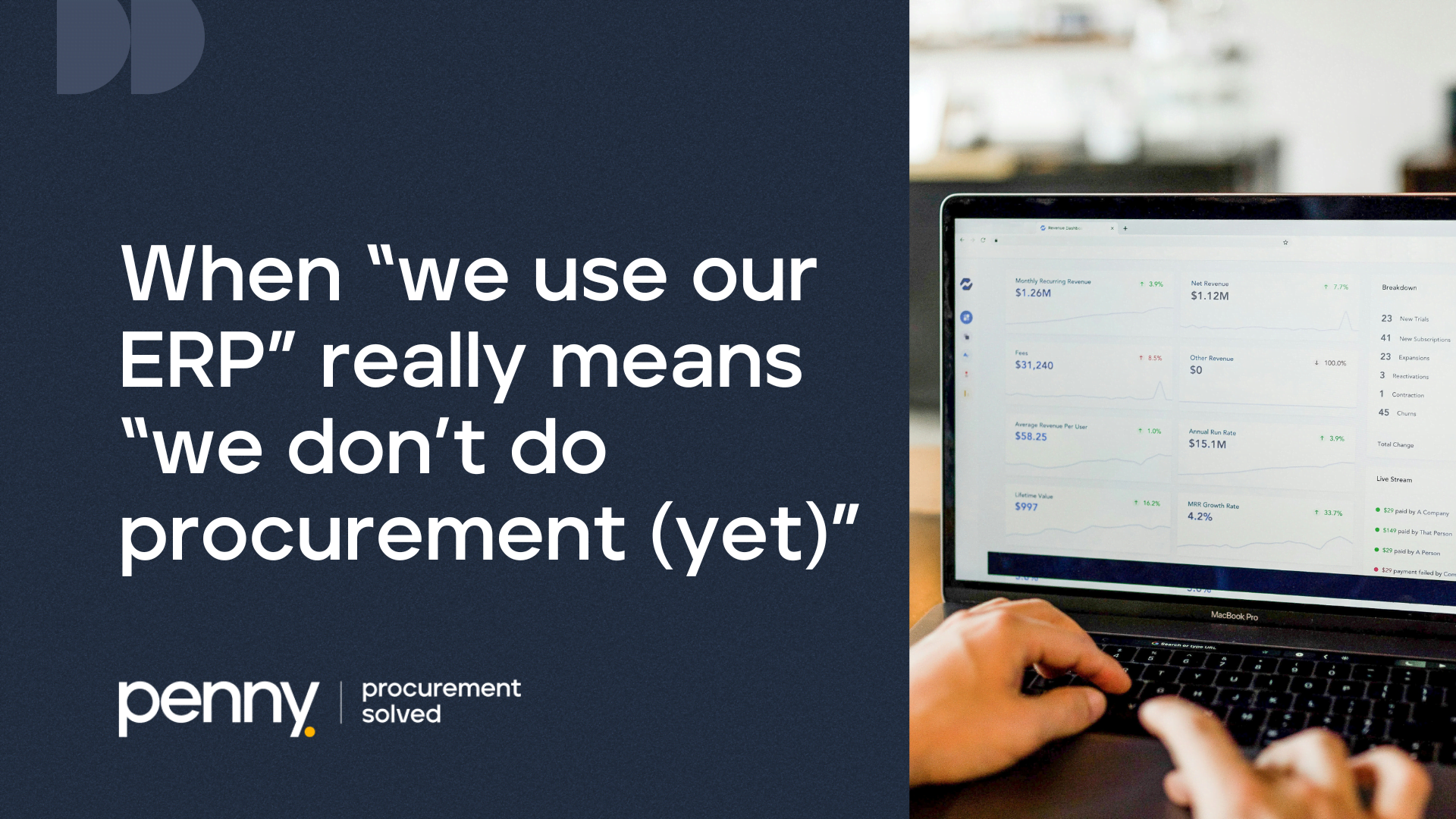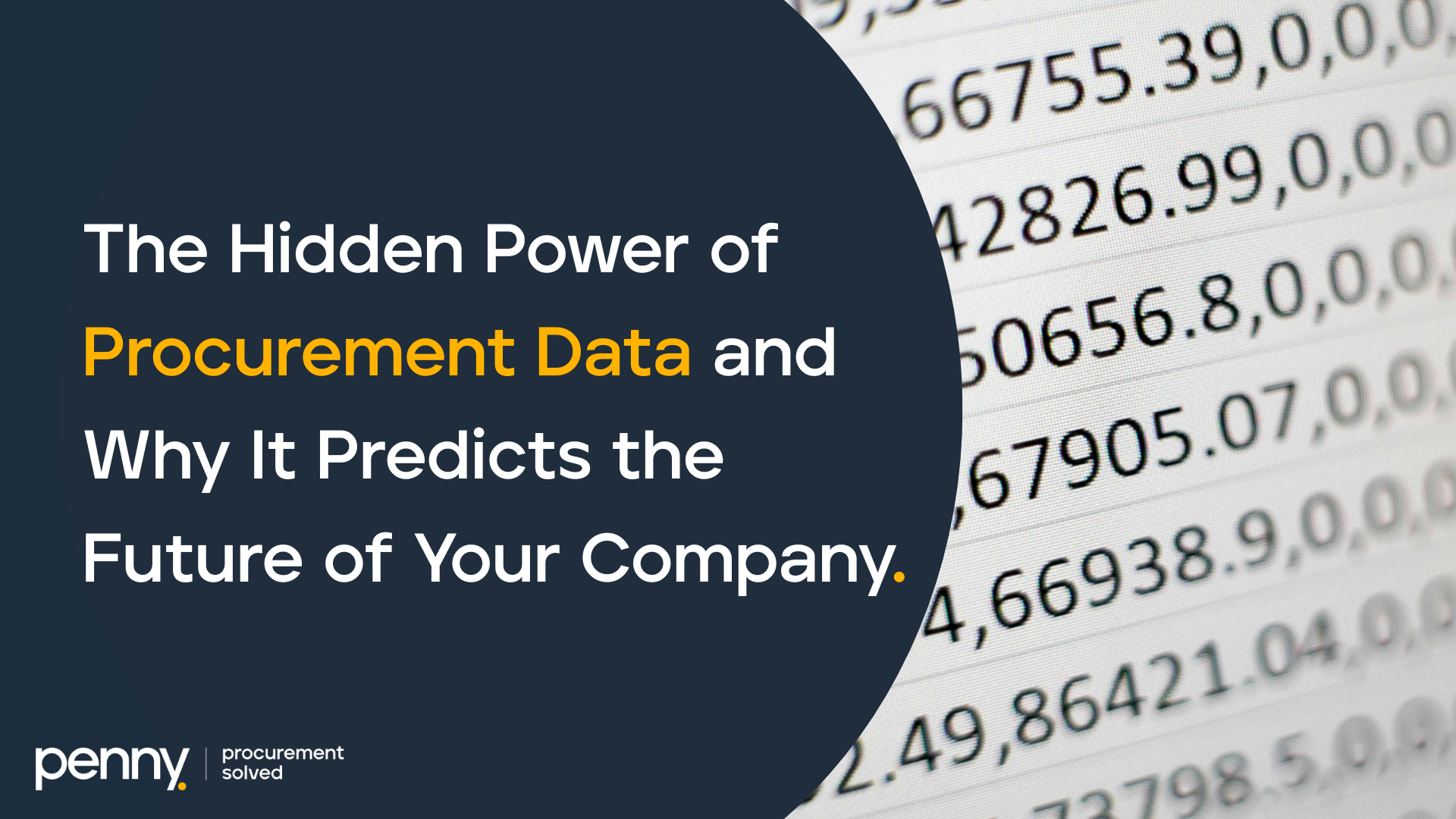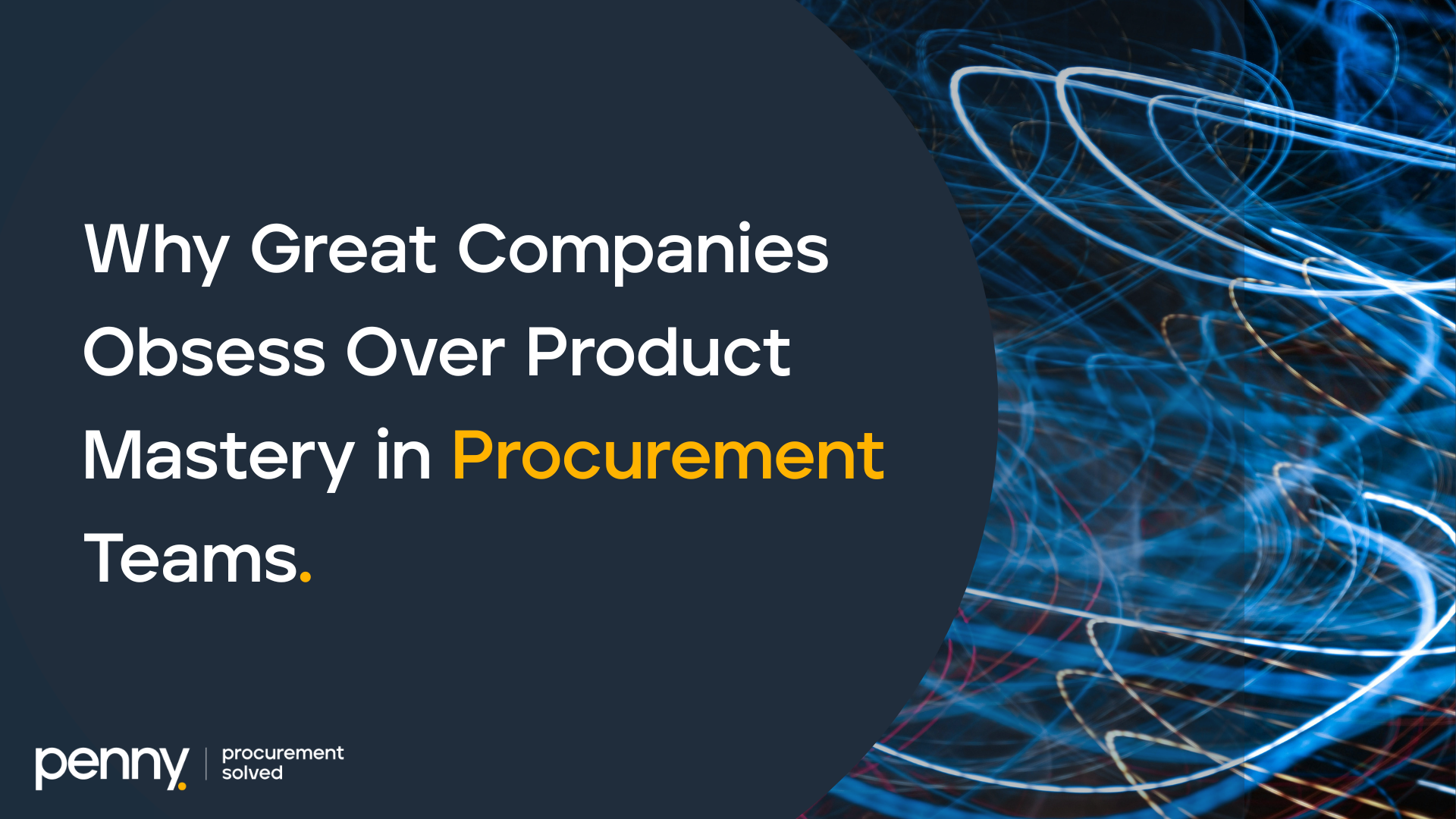
In our line of business, you’ll rarely hear anyone say “we don’t have a procurement system.” Instead, You’ll hear “we use our ERP”, and in reality, that often means sourcing and buying live in email threads and spreadsheets, while the ERP records the outcome after the fact.
The ERP is your financial backbone and for starters, it isn’t designed to run the human-heavy workflows of procurement. That gap shows up as slower projects, higher unit costs, and avoidable risk combined with rouge spend and missed negotiations.
Our stance on this is simple: keep the ERP!!! But add a procurement orchestration layer that plugs into the ERP and makes the right way the easy way.
We aim to complete ERP systems, not compete with them.
What this phenomenon looks like day-to-day
RFXs and supplier conversations happen over email, and approvals bounce around inboxes meaning that you’re most likely missing time-sensitive initiatives and missed opportunities to drive lower costs. Sometimes it would even mean that your approvals disappear into the black hole of nothing in someone’s inbox delaying the process infinitely.
Stakeholders don’t adopt ERP screens because they’re clunky UI/UX for non-finance users, so “urgent” buys most likely bypass the process and create maverick purchases. Contract terms get negotiated but not enforced in-flow and reporting takes heroic spreadsheet work to answer basic questions like “how much, with whom, and why”.
If that feels familiar, you don’t have a procurement system, you have a process held together by people.
Why this matters (in dollars and days)
Think in outcomes across four levers:
- Revenue protection.
Slow purchasing stalls launches and/or stock. Two weeks’ delay on a $2m roll-out is a real opportunity cost. - Cost savings.
Even a conservative 3–5% efficiency gap on $50m of influenced spend is $1.5–$2.5m left on the table through missed competition, poor compliance or unmanaged categories. - Time savings.
Chasing approvals and reconciling data burns capacity you should redeploy to strategic sourcing. - Risk & control.
Weak audit trails, duplicate payments, supplier exposure—these become audit findings and operational headaches.
Procurement processes turn into profit disciplines when controls, data and user journeys are built into the click-path, not when documented in a policy PDF.
What “good” looks like (without ripping out ERP)
Orchestrated workflows
End-to-end procurement workflow:
intake → RFx → award → contract → catalogue/free-text → PO → GRN → invoice → payment with policy baked in.
Design:
- Guided intake
- Dynamic approvals
- Supplier portal + RFx templates
- Contract-as-data
- Catalogue-first buying
- Exception lanes.
KPIs:
- Intake→approval <1 day;
- RFQ→award (tactical) ≤10 days;
- Catalogue PO cycle <30 mins;
- Invoice exception rate <8%;
Kill list:
- Email approvals,
- RFx in inboxes,
- Contracts on shared drives,
- POs after receipt.
Adoption-first UX
If users won’t use it, it doesn’t exist.
Design:
- Single entry point
- English guided buying
- One-tap approvals in Slack/Teams/email
- Pre-filled defaults
- Role-aware views
- Inline help.
KPIs:
- Request submit <3 mins median
- First-time success >90%
- In-app approvals >85%
- Stakeholder NPS ≥+40 in 60 days.
Kill list:
- Finance-centric screens
- Hidden errors,
- Opaque approval chains
Guardrails by design
Controls as code = zero drama.
Design:
- Preferred supplier routing
- Real-time budget checks
- Tolerance bands,
- 3-/4-way match,
- Sealed bids,
- Risk flags,
- SoD + immutable audit.
KPIs:
- Maverick spend <5% (managed cats);
- discount capture >85%;
- un-competed over-threshold awards =0 (unless justified);
- audit findings =0 material.
Kill list:
- Blanket approvals,
- Manual blacklists,
- Post-facto compliance.
Tight integration
Workflows in procurement; truth in ERP.
Design:
- Synced masters (suppliers/items/GL/cost centres/projects),
- PO/GRN/invoice status flows,
- Real-time checks where it matters,
- Idempotent APIs,
- Clear error queues,
- SSO/roles,
- Multi-entity ready.
KPIs:
- Doc failure rate <0.5% (auto-recovered <15 mins);
- ERP↔procurement parity 100% daily;
- Month-end close impact zero.
Kill list:
- CSV hand-offs
- Manual vendor creation
- Unmapped custom fields
A pattern you can copy
A multi-site distributor (~$50m influenced spend) ran “ERP + email” as their procurement process.
By piloting orchestration on indirects and enforcing PO-first this organisation saw the following:
- RFQ to award time fell from 21 to 12 days
- Compliant spend rose from 62% to 88%
- Early-pay discount capture created six-figure annual savings.
No ERP replacement; just the right layer on top and orchestrated procurement process
Where Penny fits
Penny plugs into your ERP and orchestrates the sourcing-to-pay workflows that email and spreadsheets can’t handle. Start with Core Sourcing, extend to Purchase and Finance, then add sealed bids, SSO and long-term audit as you scale. Land small, prove ROI, expand predictably.

